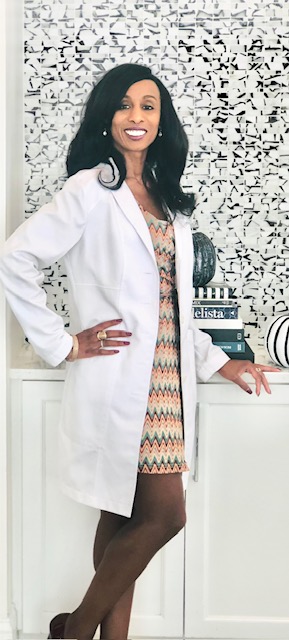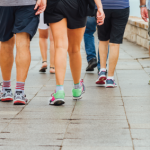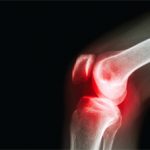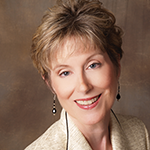 Magdalena “Maggie” Cadet, MD, a rheumatologist in New York City, remembers learning about the relationship between physical activity and bone health at a young age. She was 5 years old when she first began taking ballet, jazz and tap-dancing lessons. At 9, she became a competitive figure skater and practiced both dance and ice skating until she began college at Georgetown University, Washington, D.C.
Magdalena “Maggie” Cadet, MD, a rheumatologist in New York City, remembers learning about the relationship between physical activity and bone health at a young age. She was 5 years old when she first began taking ballet, jazz and tap-dancing lessons. At 9, she became a competitive figure skater and practiced both dance and ice skating until she began college at Georgetown University, Washington, D.C.
“As a figure skater, I was amazed by how the different muscle groups, bones, tendons and ligaments allowed me to attempt new spins and jumps,” she says. “Through sports and activities, I realized the importance of maintaining good health and taking care of my bones and joints.”
Dr. Cadet continued competitive skating for 10 years, but at one point she sustained a hairline pelvic fracture while performing. The injury sidelined her skating career for a few months, but it also sparked her interest in bone and musculoskeletal diseases.
“When I started college at Georgetown, I needed a new way to stay physically active,” Dr. Cadet says. “I didn’t just put on the freshman 15, I put on the freshman 30.”
Dr. Cadet discovered running and noticed a positive change in her mood and overall health. She lost the extra pounds and felt good knowing she was keeping her joints flexible and strong, while also working to reduce her risk factors for heart disease. Today, she is a competitive runner and recently completed her eighth half marathon.
“My parents are Haitian, and enjoying delicious Caribbean dishes is an important aspect of our culture and family,” she says. “But I also know heart disease is prevalent in Black Americans, so I work to balance eating healthy with regular exercise and encourage my patients to do the same.”
Encouraging Patients to Be Proactive
Today, as a New York City-based rheumatologist, Dr. Cadet works to raise awareness of autoimmune conditions, arthritis and other rheumatic diseases that disproportionately affect women and minority communities. She draws from her own background as an athlete to encourage her patients to take care of their bodies and remain active.

Dr. Cadet
“My first encounter with someone who had lupus was during my residency at Yale New Haven Hospital [in Connecticut] and then [with] other women affected by the disease,” she says. “During my residency, I met a special young African American woman who presented with a rash, chronic abdominal pain, body aches, vague chest pain and severe fatigue.”


